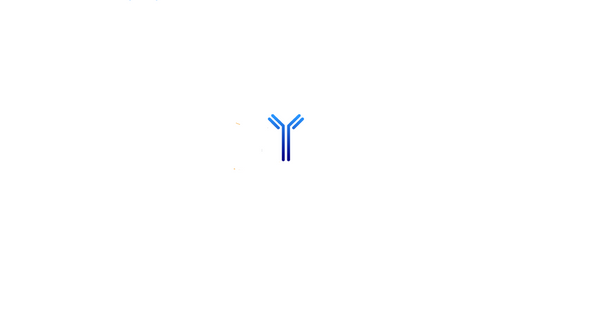Description
MyoD1 Antibody | V3664IHC-7ML | Gentaur US, UK & Europe Disrtribition
Family: Primary antibody
Formulation: Prediluted in 1X PBS with 0.1 mg/ml BSA (US sourced) and 0.05% sodium azide; *For IHC use only*
Format: Purified
Clone: rMYD712
Host: Mouse
Clonality: Recombinant Mouse Monoclonal
Isotype: Mouse IgG1, kappa
Species Reactivity: Human
Application: IHC-P
Application Details: The prediluted format is supplied in a dropper bottle and is optimized for use in IHC. After epitope retrieval step (if required), drip mAb solution onto the tissue section and incubate at RT for 30 min.
Application Note: The optimal dilution of the recombinant MyoD1 antibody for each application should be determined by the researcher.
1. The prediluted format is supplied in a dropper bottle and is optimized for use in IHC. After epitope retrieval step (if required), drip mAb solution onto the tissue section and incubate at RT for 30 min.
Purity: Protein G affinity chromatography
Description: Recognizes a phospho-protein of 45kDa, identified as MyoD1. This mAb does not cross react with myogenin, Myf5, or Myf6. Antibody to MyoD1 labels the nuclei of myoblasts in developing muscle tissues. MyoD1 is not detected in normal adult tissue, but is highly expressed in the tumor cell nuclei of rhabdomyosarcomas. Occasionally nuclear expression of MyoD1 is seen in ectomesenchymoma and a subset of Wilm s tumors. Weak cytoplasmic staining is observed in several non-muscle tissues, including glandular epithelium and also in rhabdomyosarcomas, neuroblastomas, Ewing s sarcomas and alveolar soft part sarcomas.
Immunogen: Recombinant human protein was used as the immunogen for this recombinant MyoD1 antibody.
Storage: Store the recombinant MyoD1 antibody at 2-8oC (with azide) or aliquot and store at -20 °C or colder (without azide).
Localization: Nuclear. Only nuclear staining should be considered as evidence of skeletal muscle differentiation.






